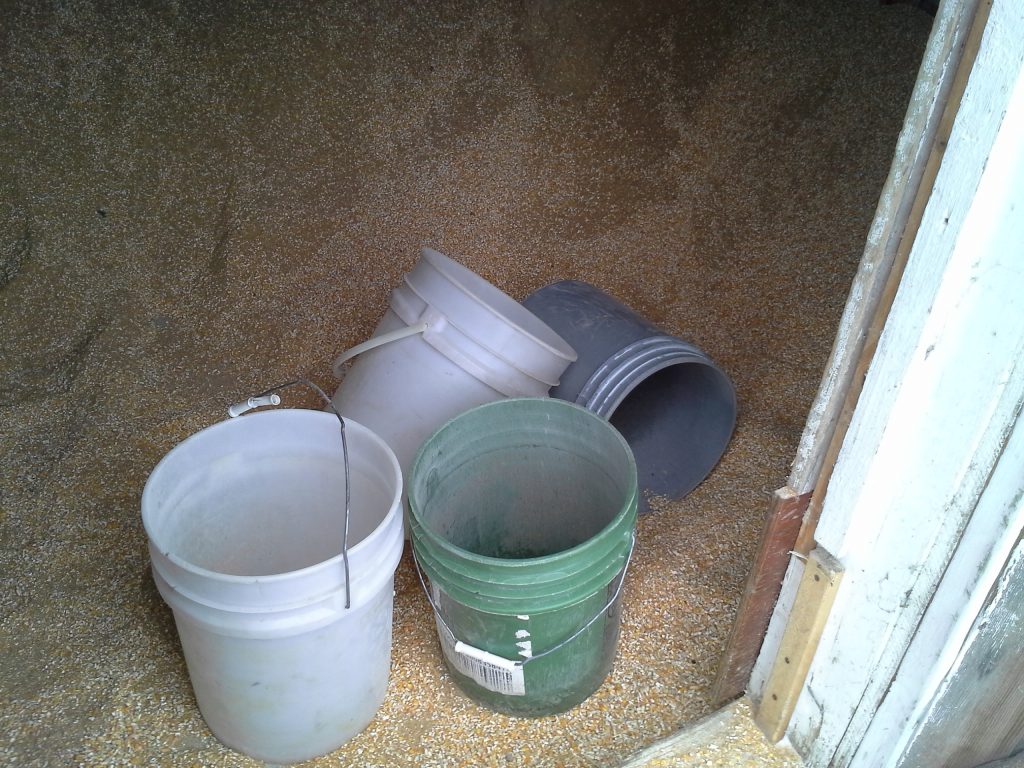If you eat beef, you no doubt are aware of the growing popularity of grassfed beef in the marketplace. Some claim it as healthier, more environmentally friendly, etc. Others say grainfed beef tastes better and uses fewer resources. I’m not going to debate any of those things. One-size-fits-all is seldom the answer to anything, I’ll leave it at that.
What I’d like to explain is something I don’t hear much about, that being what a cow was “meant” to eat. Some say cows were made to eat grass – others say corn is a grass, and the grain is just the seeds. So what does it all mean? Why would some say grain is bad for cattle?
Cattle are ruminants. This means they have a four-chambered stomach, one chamber being the rumen. The rumen is made to digest fiber – more specifically, the rumen microbes are made to digest fiber. When the microbes die, they provide energy for the cow to use. Lots of microbes means lots of energy. Forages are full of fiber. With adequate protein, the microbes get busy breaking down the fiber and propagating, keeping the cow supplied with energy.
What about grain then? It is a seed of grass, this is true. What makes seeds different from leaves and stems is starch content. Cattle eat seeds all the time. I’ve often watched as they wrap their tongues around brome grass in June and strip all the seeds off, moving on to one stem after another, eating as much as they can. It’s not unnatural – they are selecting the part of the plant that has the most energy. Starch has a higher energy density than fiber. See, cattle are really good at figuring out where the best feed is. It’s like their life depends on it…oh wait, it does.
So what makes grain (starch) different as far as feed goes? Cattle can handle a certain amount of starch, but beyond a certain point, the pH in the rumen becomes too acidic for the microbes to survive. The starch in prairie grass seeds is not enough to reach that stage. We normally supplement our calves during the winter with a small amount of grain to help meet their energy needs. They might get 2.5 – 3 lb of corn in addition to 15-18 lbs of hay. This isn’t enough starch to change rumen pH.
What happens once the rumen becomes too acidic and the microbes are gone? The starch content of their diet must be great enough to make up for the missing microbes. If it isn’t, the animal will lose weight.
Finishing rations contain a much higher percent of starch than is required to simply maintain weight. Up to 80% of the diet might be grain. This provides an abundance of energy to add not just muscle, but also fat – making the meat more flavorful and juicy. The downside to diets so high in starch is that they can’t be sustained indefinitely.
Abundant energy can be obtained from high-quality forages. The tricky part with relying on only forages for the finishing phase is they are not available year-around, and they are not as consistent in nutritional value as grains are. A higher degree of skill and management is needed to properly finish cattle on forages as opposed to grain-based rations.
So, were cows made to eat just grass? Not really. They are best at digesting fiber, and can handle certain amounts of starch without any problem whatsoever. But they are an amazing animal that can adapt to different diets, which makes them a wonderful complement to farming operations. We can grow many different crops, and with rare exception, the cattle can eat just about all of them – seeds, stems, leaves, even roots sometimes.
Clear as mud? If you have any other questions about grass or grain-fed beef, let us know and we’d be glad to help answer them. We are equal-opportunity beef eaters around here, regardless of the critter’s diet!
